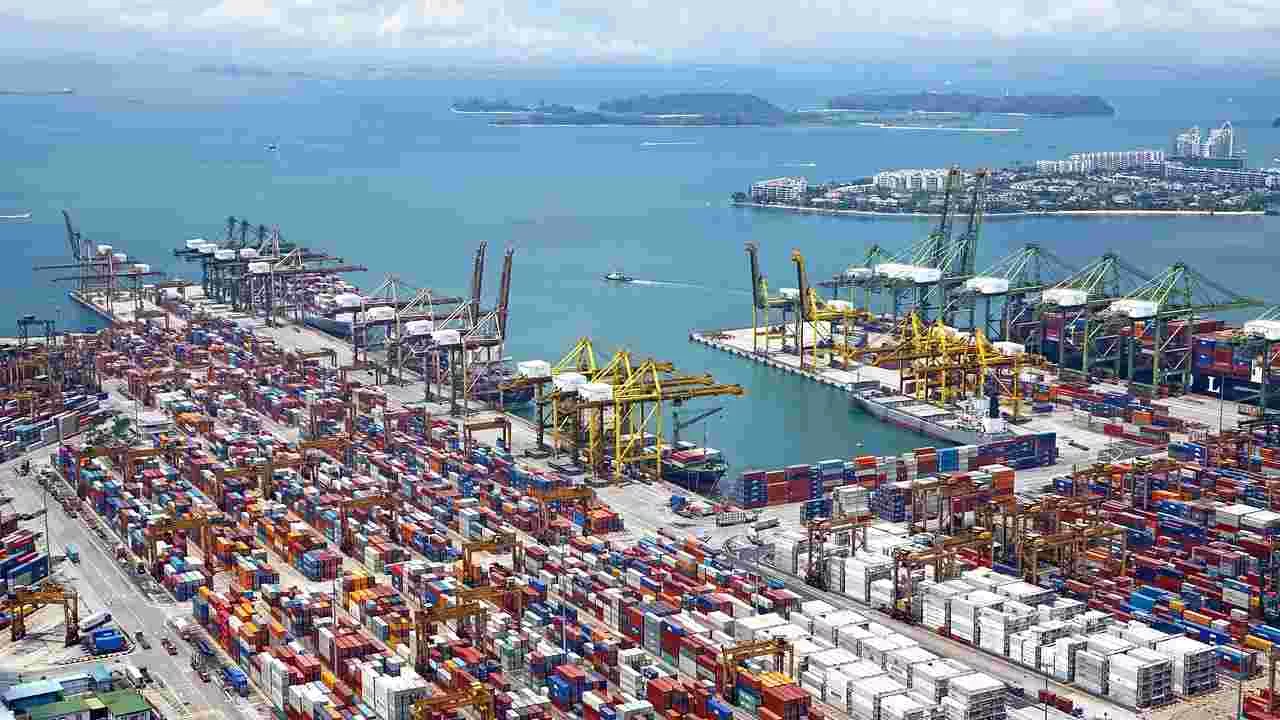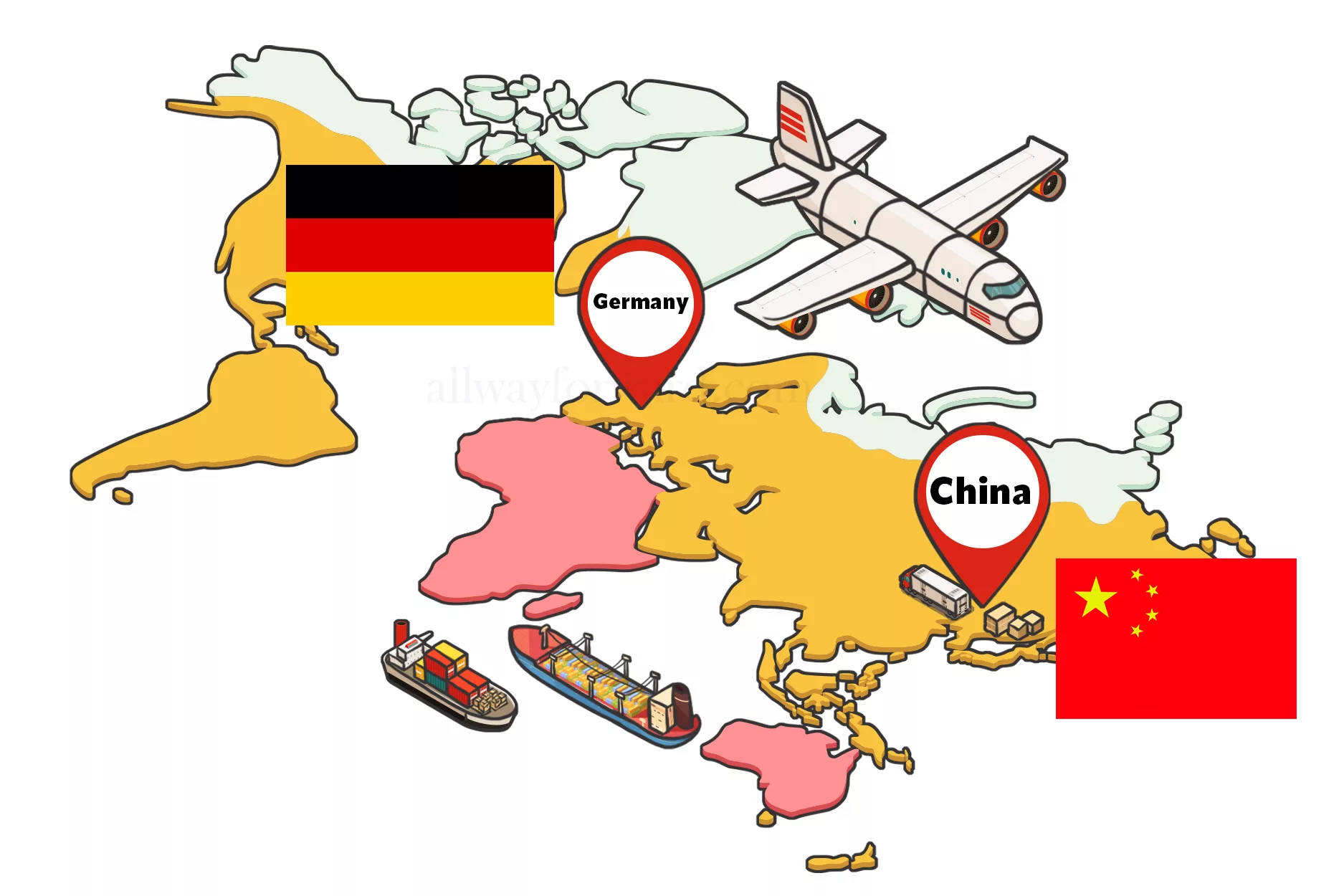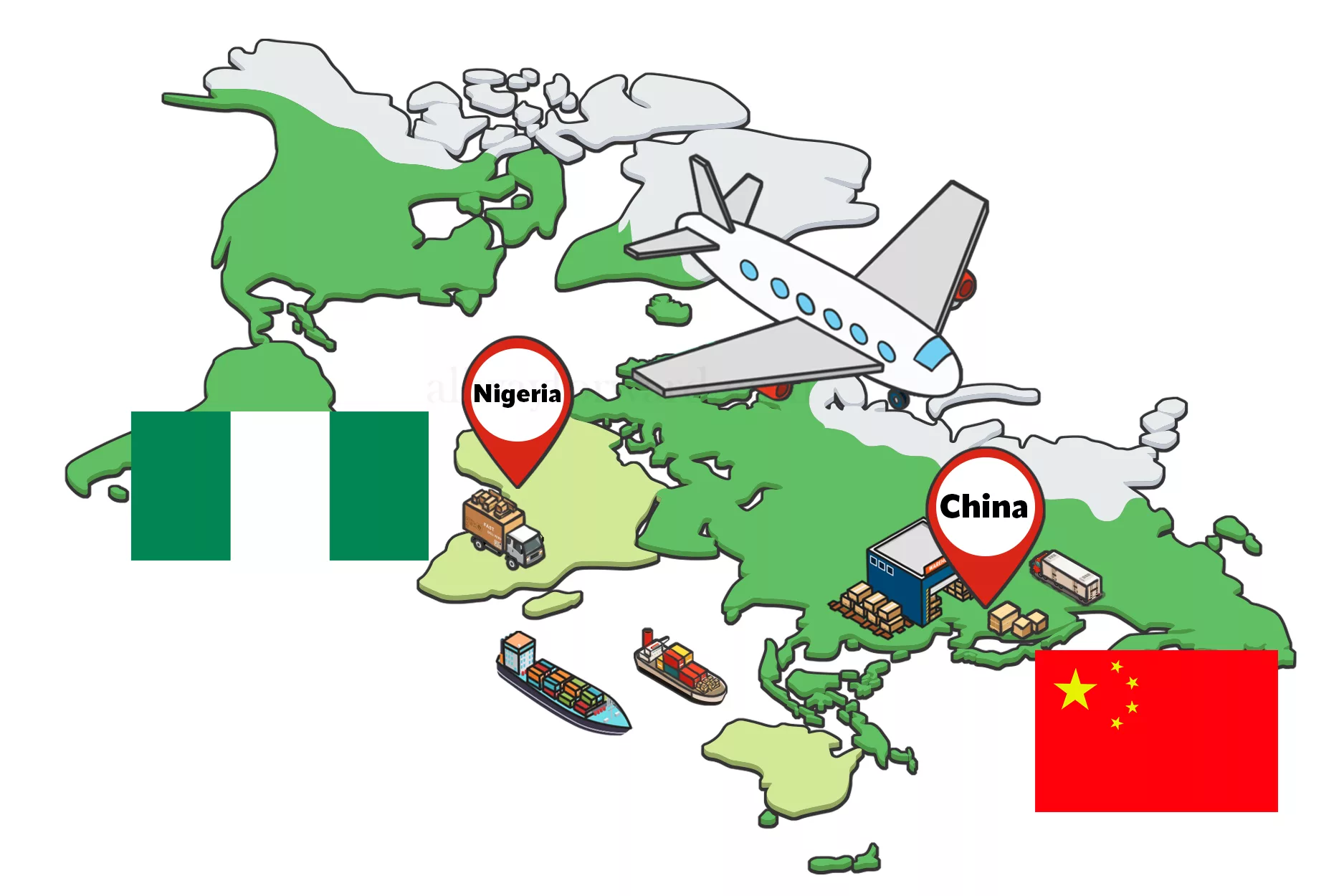FOB is a familiar term for those involved in international trade, specifically freight transport from one country to another. Although laws differ from state to state, FOB can be said to be a standardized law drawn up by the ICC or International Chamber of Commerce to govern international commercial terms. As such, it is one of the most widely used incoterms in the realm of international trade that lays out the terms and conditions for the shipment of goods.
To be precise, Free on Board (FOB) refers to a specific condition or state when the ownership and responsibility for any trade goods shifts from the seller to the buyer. It’s essentially a contract that transfers liability from the supplier to the buyer which can have implications for your total freight costs.
Understanding FOB in Shipping
Let’s attempt to understand what FOB (free on board) means by breaking it down word-by-word. The term “free” alludes to the supplier who gets free of his responsibility with respect to goods once they are on the ship or buyer’s carrier. “On board” means that the goods have finally arrived on the ship, hence triggering a transfer of liability from the supplier to the buyer.
FOB in Action
Suppose that a US company is gearing up to purchase electronics from a China-based manufacturer under FOB Shipping Point terms. As per these terms, the manufacturer aka the Chinese company is required to deliver the goods to the port and load them onto the shipping vessel belonging to the US buyer. Your goods are likely to undergo three major stages or processes as they travel from the Hong Kong supplier to you.
Firstly the goods will be packaged and then loaded onto any medium of transportation, preferably a truck at the supplier’s warehouse (or another facility). The truck will bring the goods to the shipping port where your shipping vessel is and loaded on board. Once aboard, the goods are solely your liability and you will have to pay for any expenses that may arise. This marks a crucial point at which the ownership along with risks are transferred to the US buyer as long as the goods are in transit.

Advantages of FOB Agreements
Transparent Costs
This is one of the biggest advantages from a financial point of view. FOB terms provide a detailed breakdown of the costs involved so that both parties are aware of their financial obligations.
Control Over Shipping
FOB also gives greater control to buyers in terms of selecting carriers and managing shipping schedules. This paves the way for a well-planned and flexible logistics process.
Risk Management
With responsibility clearly divided between the two parties, there is considerable protection against potential risks to avoid unwarranted disruptions.
Disadvantages of FOB for Sellers
In an FOB arrangement, much is at stake for the suppliers who are answerable and accountable for any issues that may arise during transit. Any damage to the goods can place the supplier’s reputation at stake who is then required to replace or refund the damaged good. Moreover, sellers are privy to freight charges which can add up the overall costs and hence the final price for the buyer. This can impinge on the competitiveness of sellers in the market.
Also, the fact that the seller loses control over the shipment beyond the point of origin opens up the risk of potential delays in meeting delivery deadlines. To mitigate this threat, sellers should have contingency plans to manage any unforeseen disruption and maintain steady communication throughout the shipping process with buyers to avoid any misunderstandings. More importantly, both parties should be on the same page with regard to FOB destination terms so that FOB is complied with and business transactions run smoothly.
Comparing FOB with Other Incoterms
There are 4 incoterms that are integral to ocean shipments, each of which comes with its own set of benefits and risks for buyers and sellers.
Free Alongside Ship (FAS)
In this option, the buyer assumes complete responsibility for goods once they are placed alongside the vessel including costs and risks. Unlike Free on Board shipping, the shipper is not to be accounted for the safe passage of goods from the port to the ship.
Cost and Freight (CFR)
In the case of CFR, the supplier is to bear all costs associated with transporting goods to the destination port which may include any export charges. Beyond that, CFR exempts the seller from any insurance claims as the risk is transferred to the buyer once the delivery is unloaded in the receiving country.
Cost, Insurance, and Freight (CIF)
This is similar to CFR, the only difference being that the buyer gets to benefit from insurance coverage during the transit phase. The post-loading risks for the buyer though remain intact.
Key Components of FOB
FOB Shipping Point (FOB Origin)
The moment the seller dispatches the goods the transfer of ownership comes into play. This is to say it is that very point at which the supplier relinquishes all of his responsibility, both material and financial for the goods. The Free On board Shipping point implies that the buyer is responsible for paying the freight costs to get the goods to the desired location as well as redeem any damage during transit.
FOB Destination
This term refers to the specific place or more precisely the buyer’s loading dock where the buyer’s ownership comes into effect. Once the suppliers have delivered goods to the specified destination, the buyer will be liable for any damage to the goods moving forward. During the journey from the seller to the buyer, the seller is bound to cover transportation expenses as well as any incidents.
Conclusion
The concept of FOB lies at the heart of all trade that occurs across borders. What makes it so valuable is the fact that it offers a comprehensive and uniform framework for regulating cross-border exchanges. Understanding FOB is critical for all businesses engaged in domestic and international trade particularly the distinction between FOB Origin and FOB Destination. Ultimately, it’s up to the parties to define these terms and ensure their interests are met for a smooth transfer of goods with a minimum potential for disputes. These terms depend on a range of factors including the nature of goods, the distance to be travelled from the buyer to the seller as well as the transportation expenses and associated risks. All in all, Knowledge of FOB is advantageous for both sellers and buyers by helping them make well-informed decisions for a successful shipping process.





